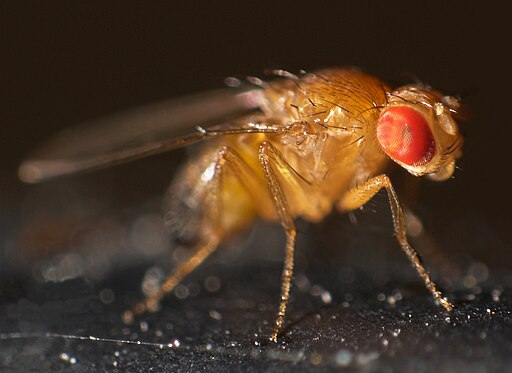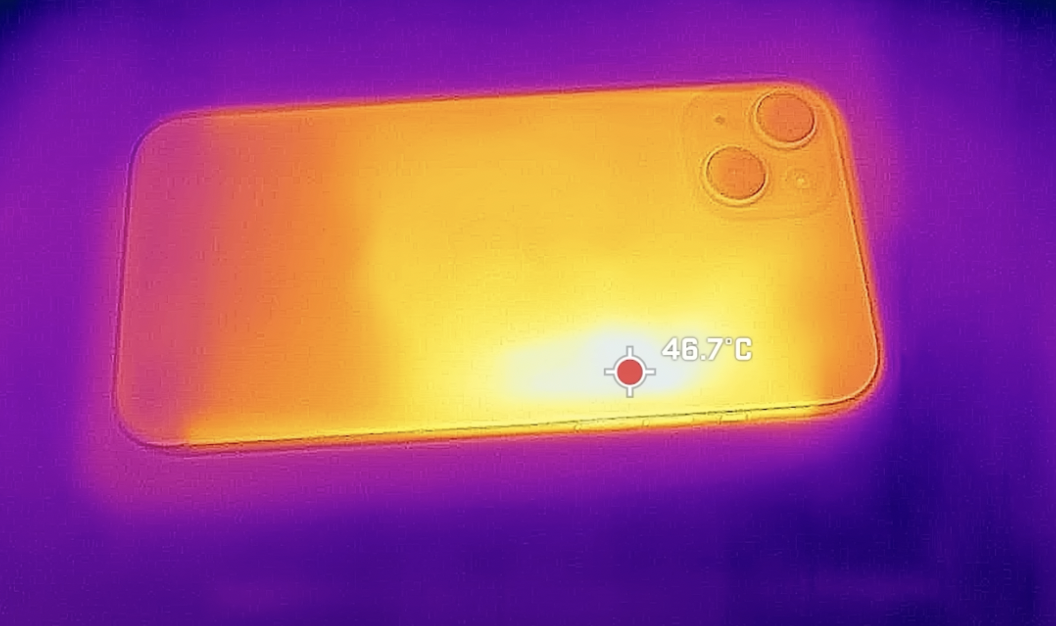The possibility of a link between autism and the microbiome first emerged in the 1990s.
Scientists discovered a “definitive association” between gut bacteria and autism spectrum disorder during an extensive reassessment study.
Published in the scientific journal ‘Nature Neuroscience’, the study’s findings highlight an association between alterations in gut microbiome composition over time and the traits and symptoms manifested in individuals diagnosed with ASD.
ASD, a complex neurodevelopmental condition, encompasses a broad range of cognitive, behavioural, and communication impairments. The severity and nature of symptoms vary greatly from individual to individual, demonstrating its characteristic as a spectrum disorder.
The gut microbiome, a community of microorganisms that are both beneficial and harmful and thrive in our digestive tract, plays an instrumental role in digestion, metabolism, immune function, and overall health.
The hint of a possible connection between autism and the microbiome first surfaced in the 1990s, when changes in autistic children’s behaviour were observed post-antibiotics, medications known for decimating certain gut bacteria.
Such anecdotal observations initiated an extensive series of scientific explorations, resulting in numerous studies indicating significant yet inconsistent variations in the gut microbial composition of individuals with ASD.
To address these discrepancies and propel the research forward, the Simons Foundation Autism Research Initiative (SFARI), an organisation dedicated to deciphering the causes and mechanisms of ASD, enlisted the expertise of Dr Gaspar Taroncher-Oldenburg, according to Euronews.
At that time, an independent scientist, Taroncher-Oldenburg was tasked with providing a comprehensive analysis of existing research on the microbiome and autism, as revealed by John Spiro, senior vice president and senior scientist at SFARI.
Collaborating with Dr Jamie Morton, a computational biologist and computer scientist previously affiliated with the Flatiron Institute – a branch of the Simons Foundation – Taroncher-Oldenburg oversaw a global team of 43 specialists.
The team meticulously re-examined 25 previously published datasets, incorporating microbiome and other “omic” information, such as diet, immune system response, inflammation markers, and gene expression profiles in the human brain.
However, collating and comparing data across 25 disparate studies posed its own set of challenges. Morton reported that the team spent nearly a year accessing, cleaning, and curating data, which ultimately dictated the final selection of studies.
With the aid of novel algorithms, the researchers could effectively match pairs of autistic and neurotypical individuals – those without autism – based on age and sex, to circumvent the “two major confounders” in the study of the microbiome and autism.
This is significant, considering autism is reportedly 4.2 times more prevalent in boys than girls, and merging data from both genders would risk diluting the results. This meticulous matching process allowed researchers to dramatically enhance the data points analysed.
The research unearthed an association between the microbiome and various immune genes, diet, and potential neurological pathways and neurotransmitters crucial for brain signalling.
These findings mark a monumental step towards understanding ASD and exploring future advancements in therapy and treatment.







